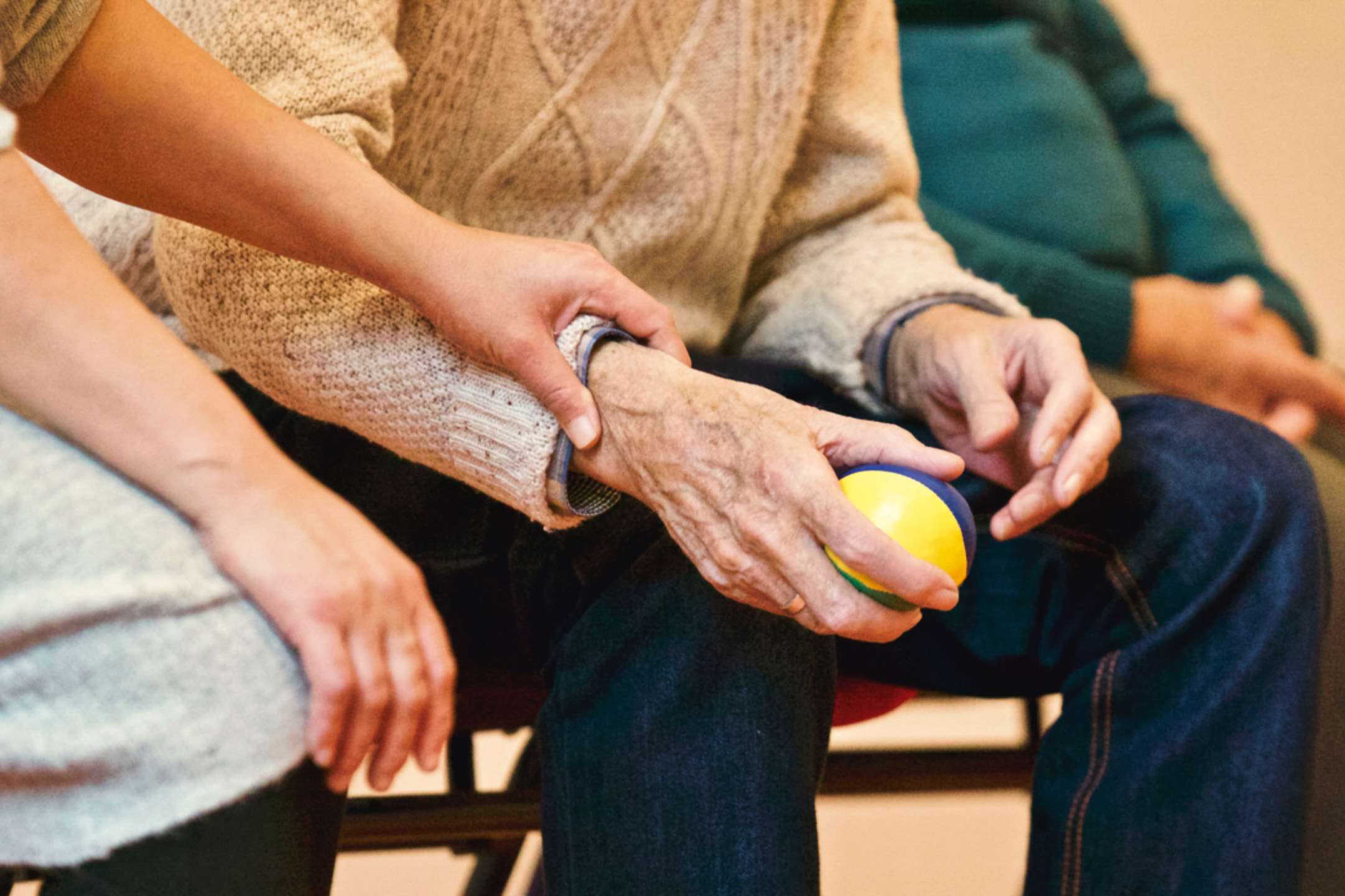Carrying out better research through collaboration
The Versus Arthritis Centre for Integrated research into Musculoskeletal Ageing (CIMA) is a collaboration between researchers and clinicians at the University of Liverpool, University of Sheffield and Newcastle University. We are funded by Versus Arthritis. The Centre was established in 2012 and its success was recognised by the renewal of its funding in 2017.
What are we trying to understand?
How muscles, bones and joints change as we age
How this makes some people prone to problems with these tissues, such as arthritis and osteoporosis
What each person can do to reduce the risk of developing these problems








